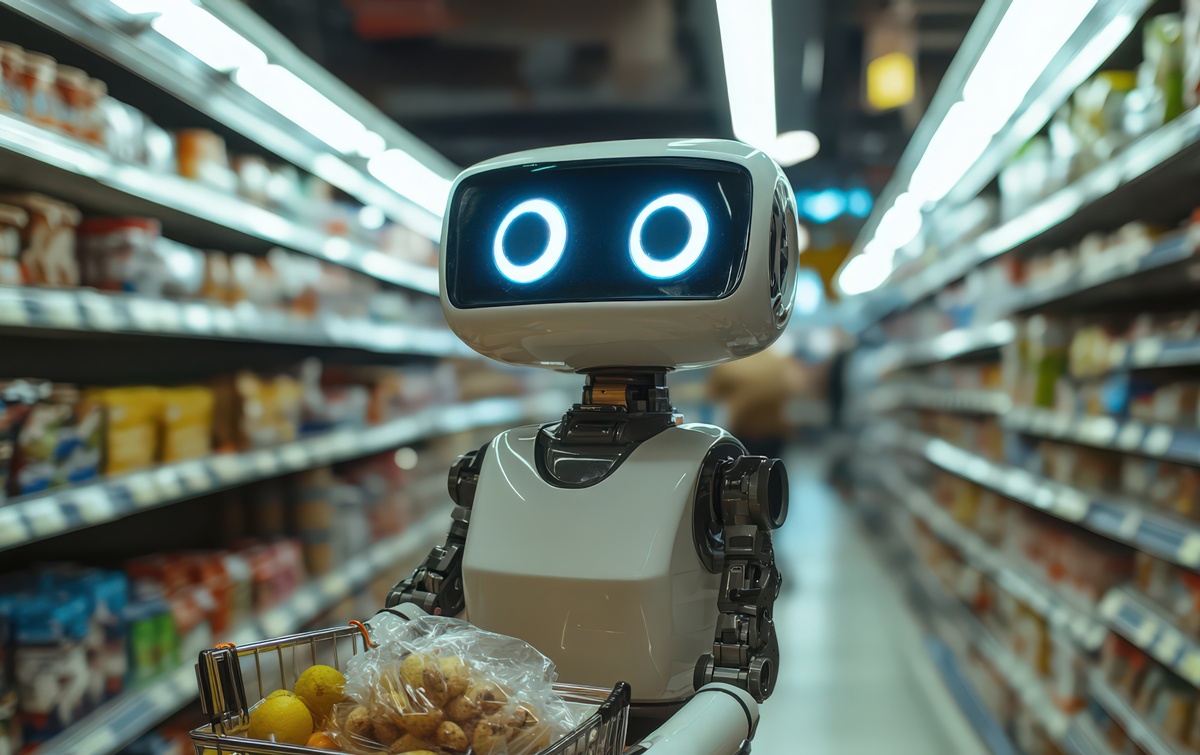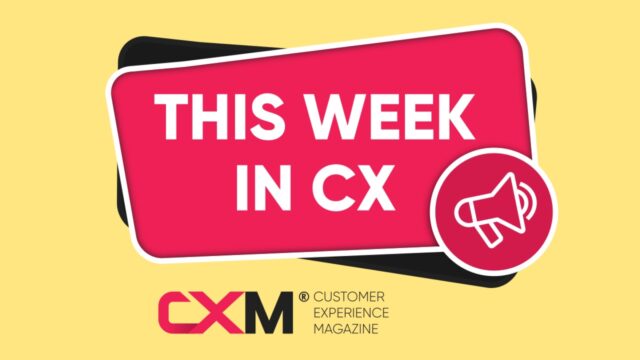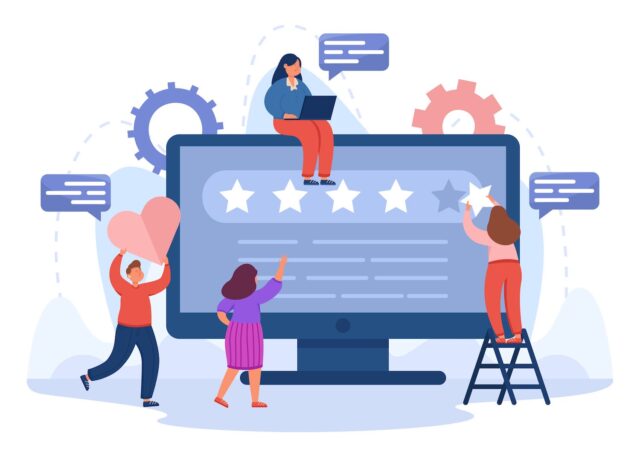August 04, 2025
Robots in Aisle 4? Shoppers Aren’t Sold on Retail Tech Yet

A new consumer study from SPAR Group reveals a simple but powerful truth about in-store shopping: if products aren’t available, shoppers won’t stick around. According to the 2025 SPAR Consumer Survey, 74% of shoppers cite product availability as their top reason for shopping in-store, while 73% identify out-of-stock items as a major source of frustration.
Despite decades of investment in inventory systems and planogram strategies, many retailers are still struggling to keep shelves stocked.
“The first rule of retail is that empty is always wrong. After decades of investment, inventory in-stock, plan-o-gram compliance and optimal replenishment remains elusive. Retailers and brands pay for data based on point-of-sale transactions as a proxy to monitoring inventory velocity, but this information is too late to make a difference. It’s like driving your car looking in the rear-view mirror,” said Mike Matacunas, president and CEO of SPAR Group.
The study highlights that missed inventory translates directly into missed sales, lower margins, and frustrated customers. Although there’s growing momentum around digital shelf solutions, like shelf cameras and roving robots, consumers are sceptical. As many as 71% of shoppers say they’re either uncomfortable or unsure about roaming robots in stores, with women more hesitant than men. Younger consumers (18–54) are more open to tech, but even they draw a line when it comes to intrusive automation.
Growing Tarriff Concerns
Meanwhile, economic pressures are reshaping shopper behaviour, especially with growing concern over tariffs. Nearly half of respondents expect price hikes, especially for groceries, and plan to respond by switching brands, reducing their spending, or searching for more deals. Younger shoppers are feeling the pinch most, with many expecting steep increases in their monthly expenses.
When it comes to retail leaders, Walmart remains the top choice for in-store experience and mobile app usefulness, especially among lower-income shoppers. Target holds second place, while Costco dominates among high-income households.
In-store shopping still holds strong appeal, with 80% of shoppers preferring to buy groceries in person, motivated by the ability to touch, try, and plan meals more effectively. Apps, coupons, self-checkout, and contactless services continue to play a big role, particularly among middle- and high-income brackets.
While consumers are open to sharing data with retailers, a growing number, about 1 in 4, are becoming more selective, only sharing specific data for specific benefits.



